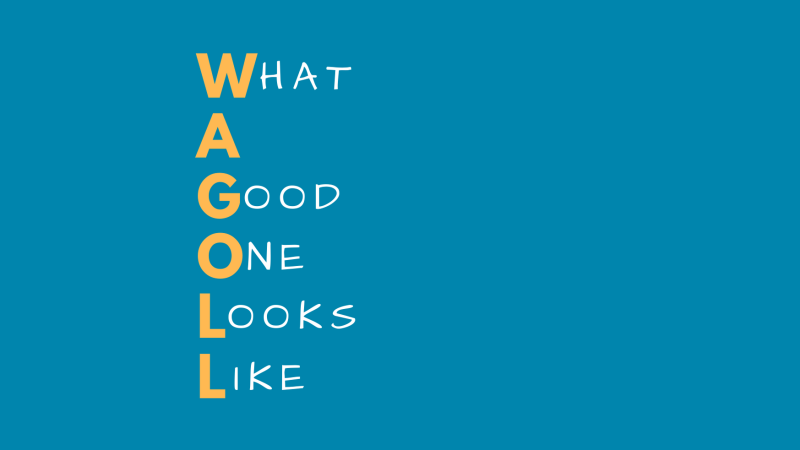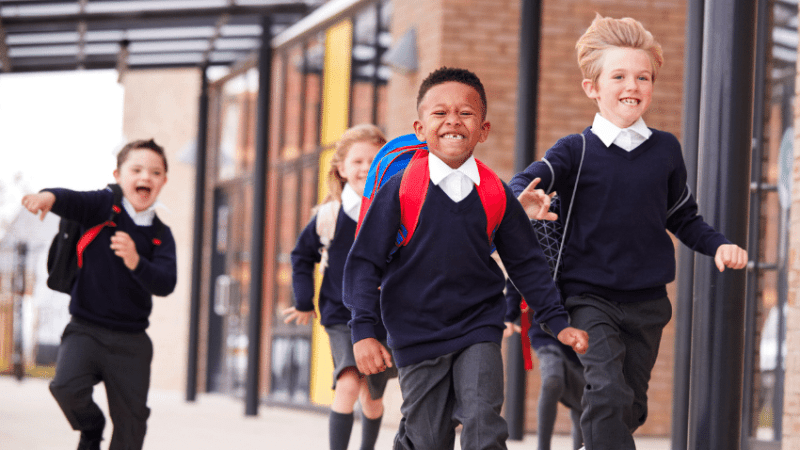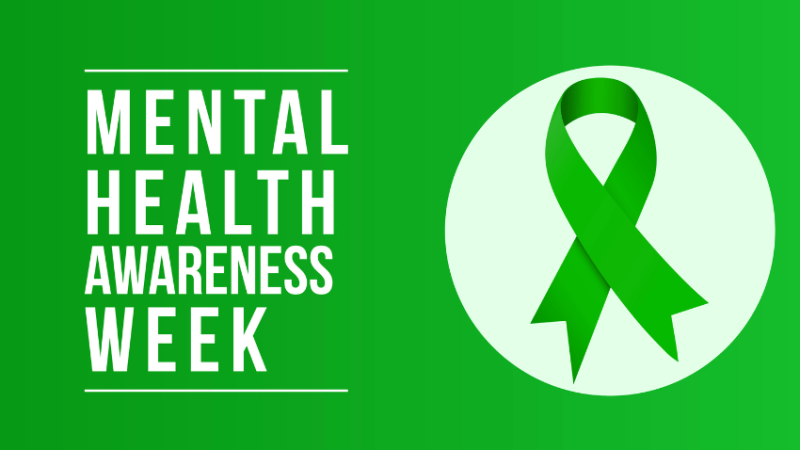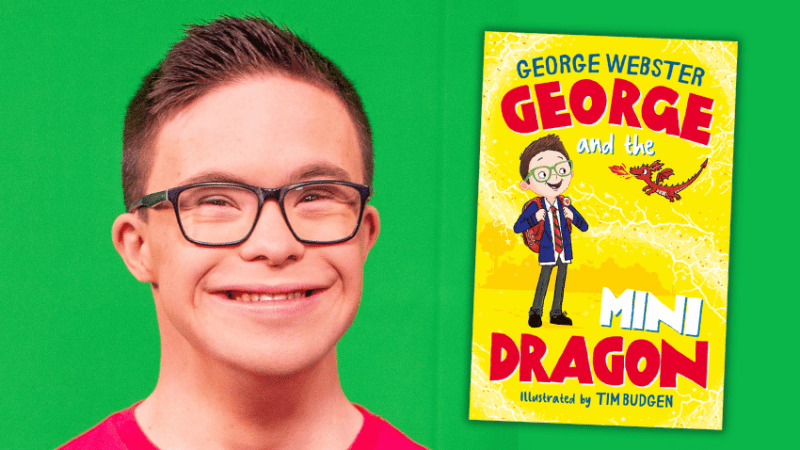School reopenings – we didn’t want to replace our beautiful learning spaces with rows of desks…
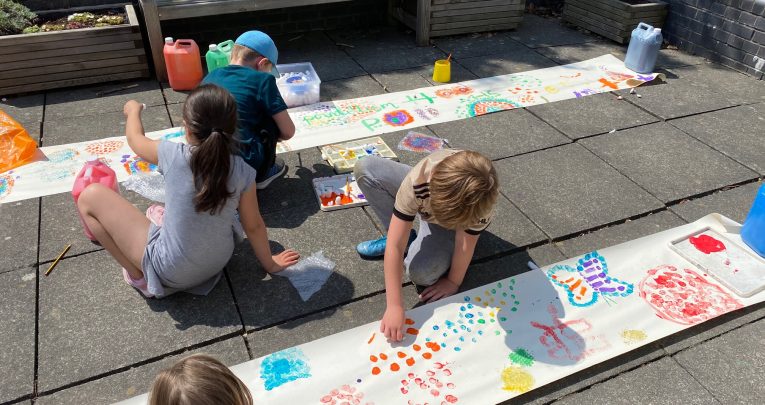
…So we’ve done something different instead, while still complying with the government guidance, says headteacher Emma Meadus
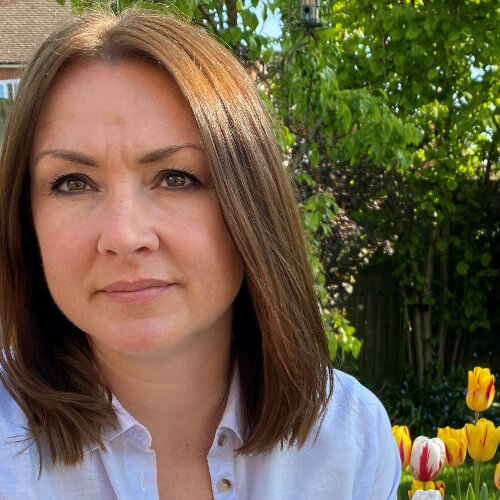
- by Emma Meadus
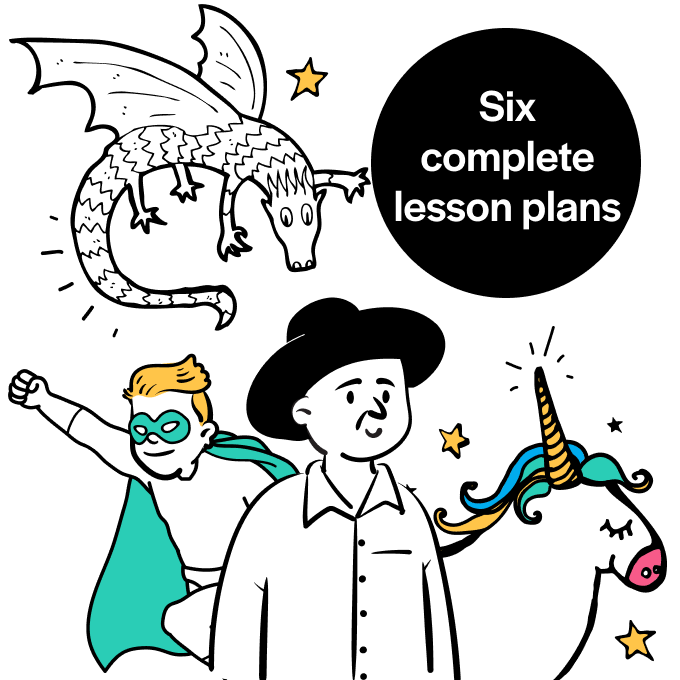
Since the 1st of June, I’ve been invited to give a headteacher’s perspective on the wider reopening of schools on BBC One’s daily corona update.
Having the opportunity to voice my thoughts, live, to a national audience, was terrifying, amazing, overwhelming and brilliant fun, all at once.
I was honoured to be asked, but mostly very aware of the responsibility it carried too. I was not just representing my own ideas, but my profession as well.
I only had a few hours to prepare each time (not enough time to sort out my hair and makeup!), but it gave me a great chance to carefully reflect on my school’s approach and my own views on school closure and reopening.
If you’d told me three months ago that on our staff training day on 1st June I’d be facing my staff in a socially-distanced school hall, training them to ‘don and doff’ PPE masks, visors, aprons and gloves, I would have scoffed at the idea… then asked you what PPE and ‘donning and doffing’ is!
But that is exactly what I found myself doing, as well as training all staff on our new routines for opening the school to more children.
Bizarrely, it didn’t feel weird. We’ve all become so quickly acclimatised to the ‘new normal’ in the last 12 weeks.
Within my academy trust, the reopening process was led by the DfE’s guidance for schools. We decided this would be the most objective approach, taking out personal opinion and the myriad of alternative expert advice in the papers and on the internet about reopening schools.
This was far from simple though.
Logistical nightmare
The DfE guidance papers coming into school were continuously updated – there’s been over 180 updates to date. Information-fatigue is a very real thing, I can tell you!
The reopening process involved an intense amount of work in a very short amount of time. Hundreds of questions needed to be answered.
How would I get the children and parents in and out of the site safely? How many staff were able to return to working on site? How many children would come back?
I suddenly had to become an expert in logistics, which I am most definitely not! But I am fortunate to have a deputy head whose idea of a good time is timetabling and an office manager who is meticulous with details, so I had the team I needed for the task at hand.
Even so, the logistical nightmare that ensued will haunt headteachers for years to come, I’m sure.
One example of this is knowing how many social bubbles you will need, from day to day.
To solve this dilemma we put two measures in place. Firstly, three of us spent a day calling each family in Reception, Y1 and Y6. This was a big investment in time but paid dividends in the quality of information I got back.
Parents were able to ask questions, voice concerns, update us on changes in circumstances and get immediate feedback from us. We had done a survey, but the phone calls gave us much more of an insight into emotional wellbeing and how our community was feeling.
Many were not planning to come back straight away but would in the next few weeks. This had to be factored into our logistics.
The second thing we did was put a rule in place that we need at least five working days’ notice to provide a place for a child, if a place was requested after the initial opening.
This is to give us enough time to get staff and resources in place. With painstaking planning we reopened for 65% of our Reception and Y1 pupils on 2nd June, and for Y6 on 8th June.
Talking to parents on the phone helped us to understand some of their barriers to their children returning.
Loads of children had outgrown their uniform and shoes. This was worrying some families enough to think they wouldn’t come back until September. This was an easy fix – we’ve said no uniform or PE kits are necessary for any children; just casual clothes and trainers. This makes things so much easier.
Talking to parents also helped us with our wider strategy for reopening. All parents told us that they knew we’d do everything we could to keep their children safe and that their children were longing to come back to school, but their concerns were with the timing.
Many said they thought it was too soon and didn’t trust the government’s decision. It was good to know that the school still had the trust of our families.
No pressure policy
I decided that we’d operate a ‘no pressure’ policy from the start of reopening, leaving it up to parents to decide if they wanted to return or not.
Over the last few weeks, we’ve added photos to our social media and website to let our community know what goes on at school in this ‘new normal’ world and in response we’re seeing parental confidence grow.
As we move into week three of reopening, we’ve got just over 70% of Reception, Y1 and Y6 in now.
Some things about reopening were easier for us to manage. We’re fortunate that our site and building make protective measures easier than it’s been for many schools.
We have enough entrance gates for multiple entry/exit points and each classroom has its own external door and toilet, so children can go straight into their social bubbles and stay there for the day without walking through the school.
With all the green space we have outside, there is plenty of room for families to wait, two metres apart, plus room for children to learn outside as much as possible, as the guidance says.
My staff have been fantastic in returning to work and I haven’t struggled to man the social bubbles.
However, making classrooms ready for returning pupils was difficult for us, from a values standpoint.
Big empty space
Our school is quite minimalist inside. We have very uncluttered rooms, use natural muted colours in our decoration and display, natural light and have lots of plants and greenery.
Stripping out unnecessary items from the rooms to reduce transmission of the virus was not hard for us. What was hard was compromising our beliefs in how young children in Reception and Y1 should learn and play.
The idea of replacing our beautiful learning spaces with rows of desks and chairs for such young children seemed so wrong to us.
So we did something different instead, while still complying with the government guidance.
We’ve made a huge empty space with desks spread out around the edges.
Mostly the desks are just a base for children to keep their individual resources, coats and water bottles.
The children and staff love the freedom of the big empty space. They use it for yoga, for sitting in circles to have lessons ‘in the round’, for drama and role play.
The possibilities of this big space are endless and the children absolutely love it. It’s fun and exciting, not scary and isolating.
Trending
In fact, my Y1 teacher doesn’t want to go back to her old layout after this is all over!
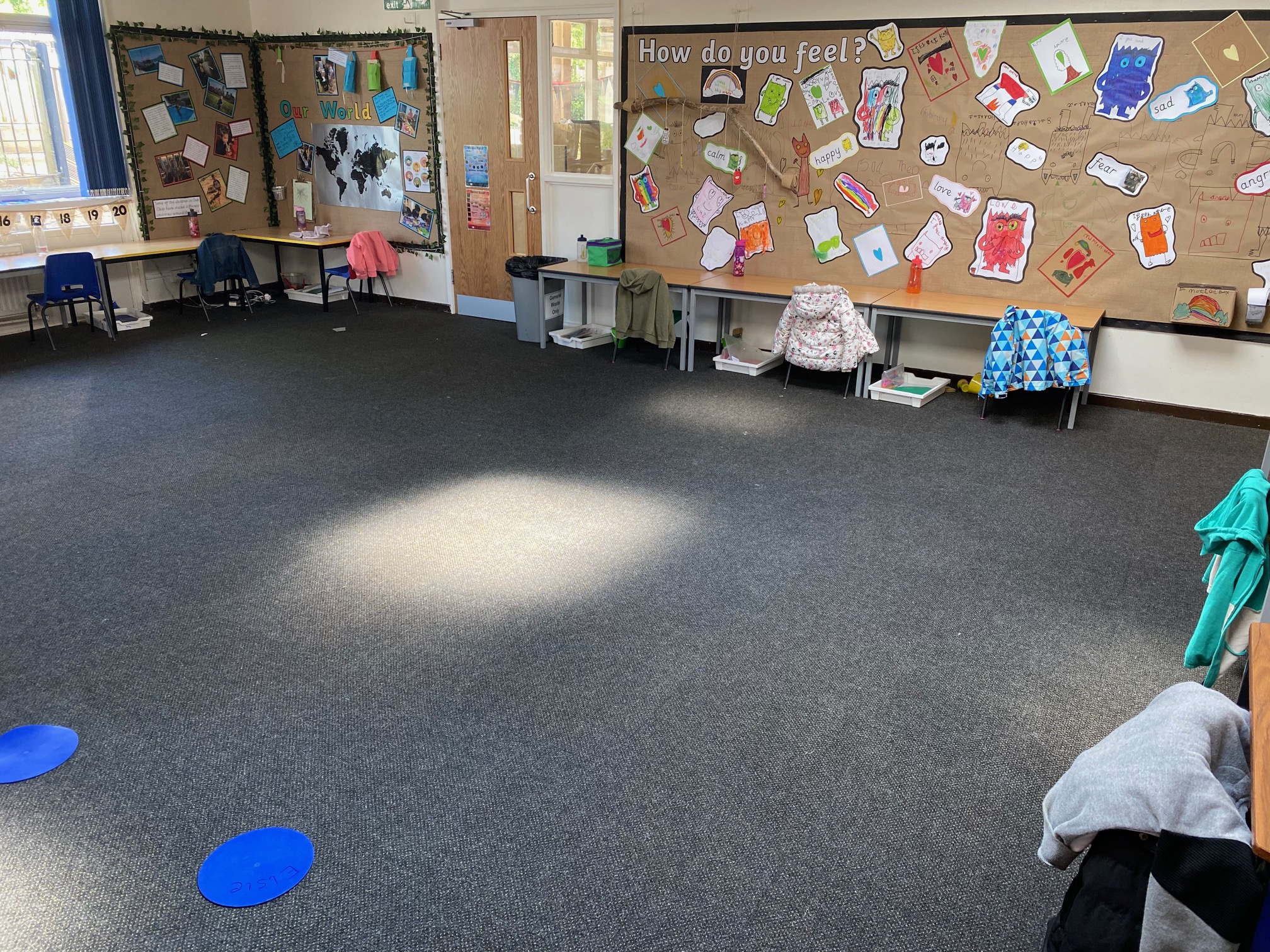
Helping parents understand
A vitally important part of preparing for the wider reopening of school was helping parents to understand what the government’s guidance would look like in action, so they could make an informed decision about whether to return and help their children prepare.
The critical bit of information for everyone to understand was that we would not be maintaining 2m social distancing between children in school.
The DfE guidance made it very clear that this was not possible when working with young children.
To help our parents, we made a special page on our website which contained a guidebook of our protective measures so parents and pupils know exactly what to expect.
We also made videos of each classroom, entry/exit gates, routes to classes and pick up areas. Parents and children found these really reassuring.
On the first day back in our social bubbles I was nervous, and so were my staff.
It was like the first day back in September, when all teachers feel like they’ve forgotten how to teach, but even more nerve-wracking because we were putting the new protective measures in place.
But within a couple of hours the sound of children laughing and playing laid those first-day jitters to rest. It was like music to our ears!
Recovery curriculum
Part of our preparations for wider reopening has been the creation of a ‘recovery curriculum’ for our pupils. This pyramid explains what this looks like.
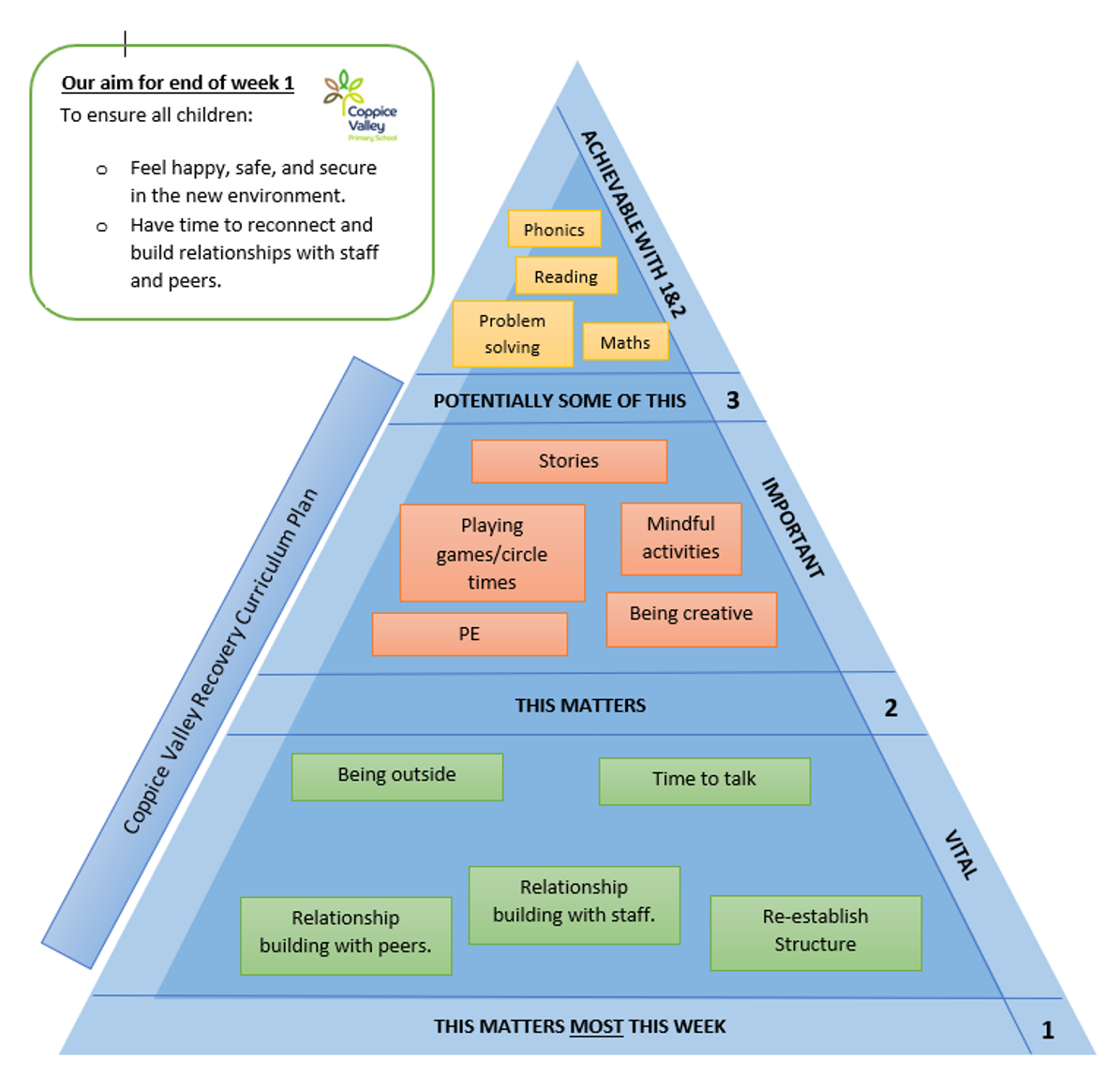
We have prioritised social time with friends and staff, to rebuild relationships and bonds, then added in more academic learning as we go along.
The children were delighted to be back and loved seeing their friends. So far, we’ve not seen signs of trauma in our children, but we’re ready for it if it comes out later.
Our children have been much more resilient than we expected and settled into the new routines really quickly and easily.
We have found that their concentration spans have decreased and they get really tired after lunch, so we just factor this into our plans.
The thing they’ve missed most is their social relationships and time to play with their friends.
There is no doubt that children have missed essential learning which must be addressed, but you can’t underestimate the importance of emotional wellbeing as a crucial foundation for learning.
By making sure we’re meeting these social and emotional needs first and foremost, we’re paving the way for effective and efficient academic catch up.
Our recovery curriculum has included many of the things we do all the time, such as gardening, creative arts and outside learning.
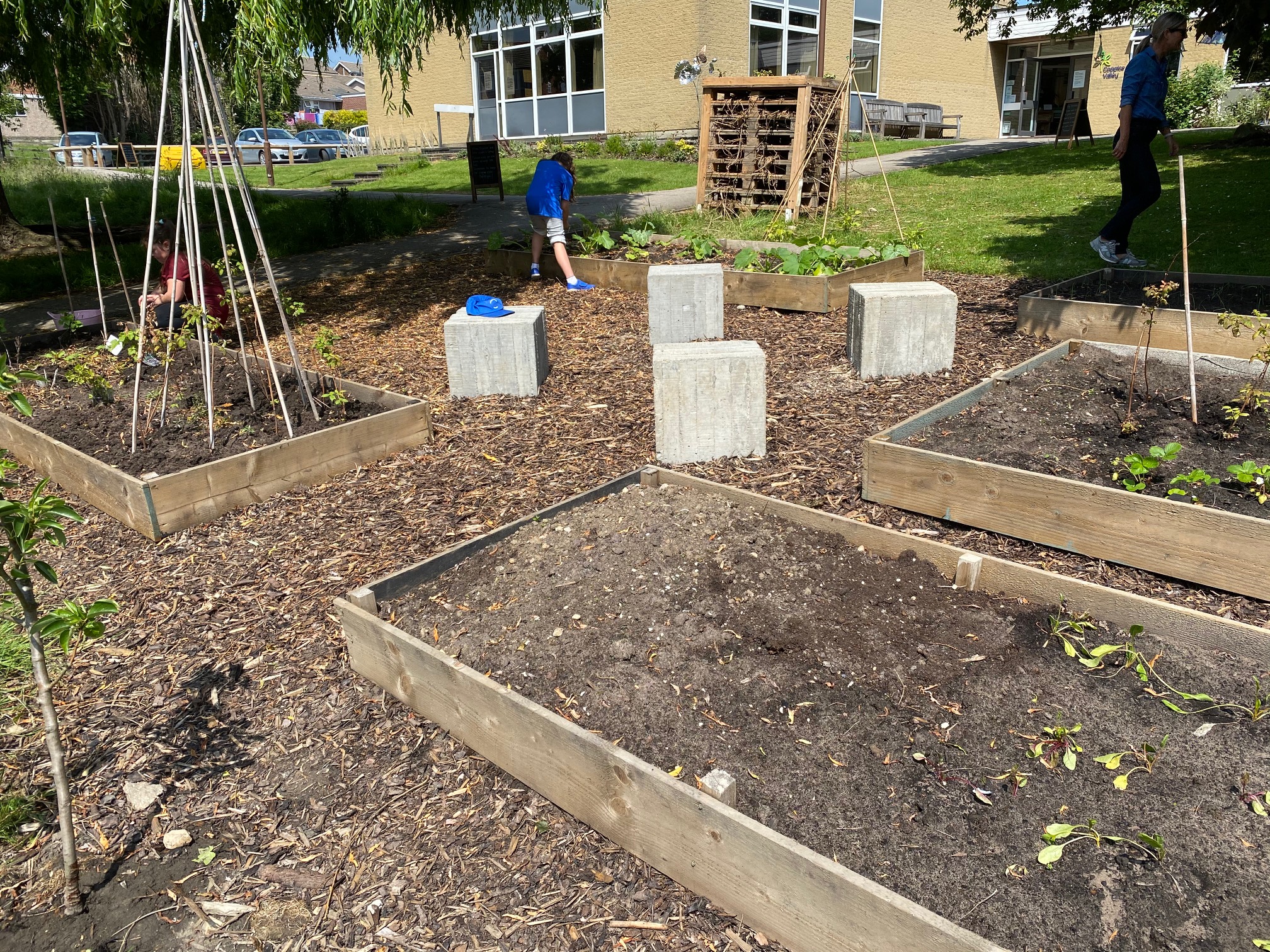
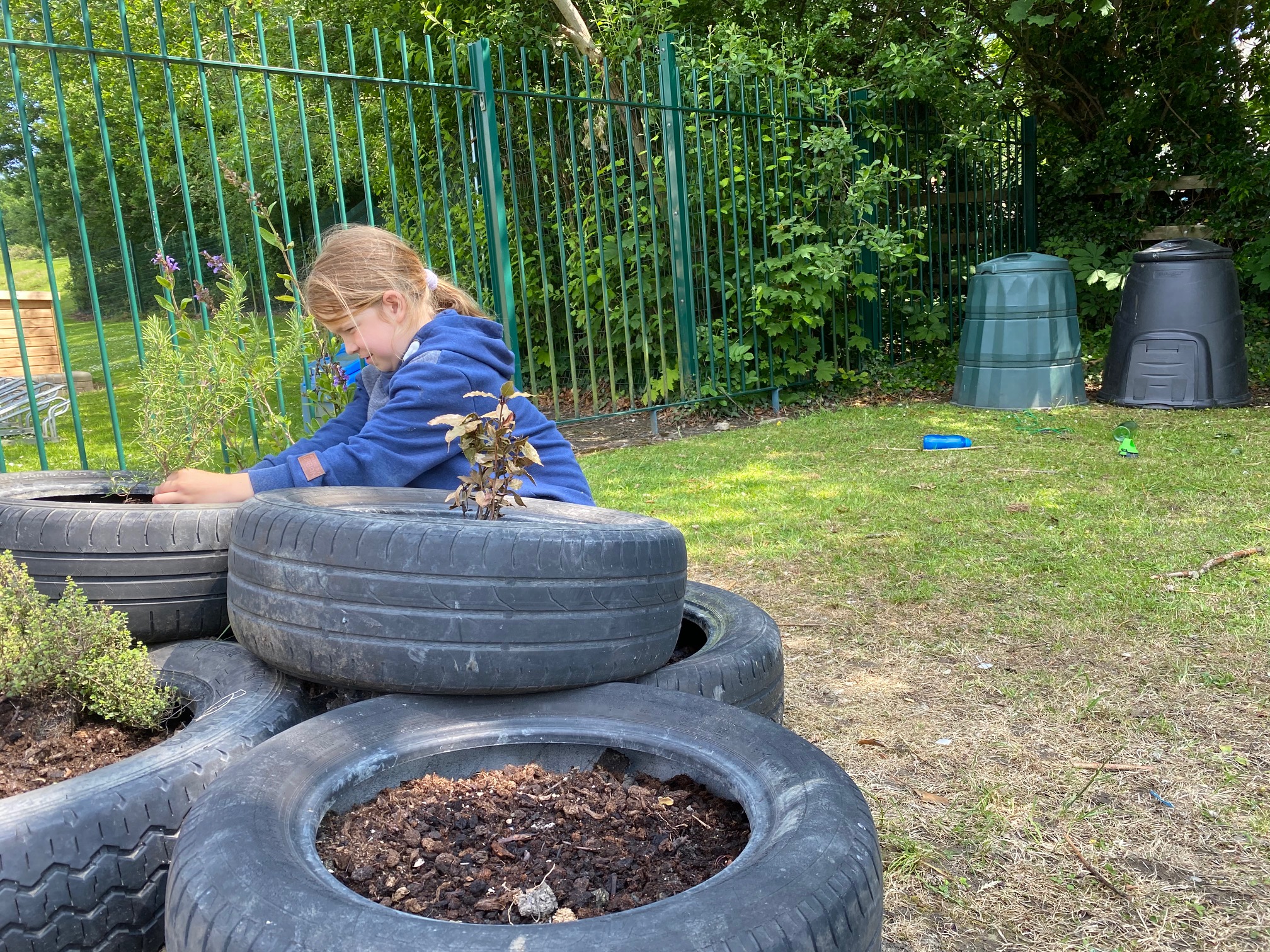

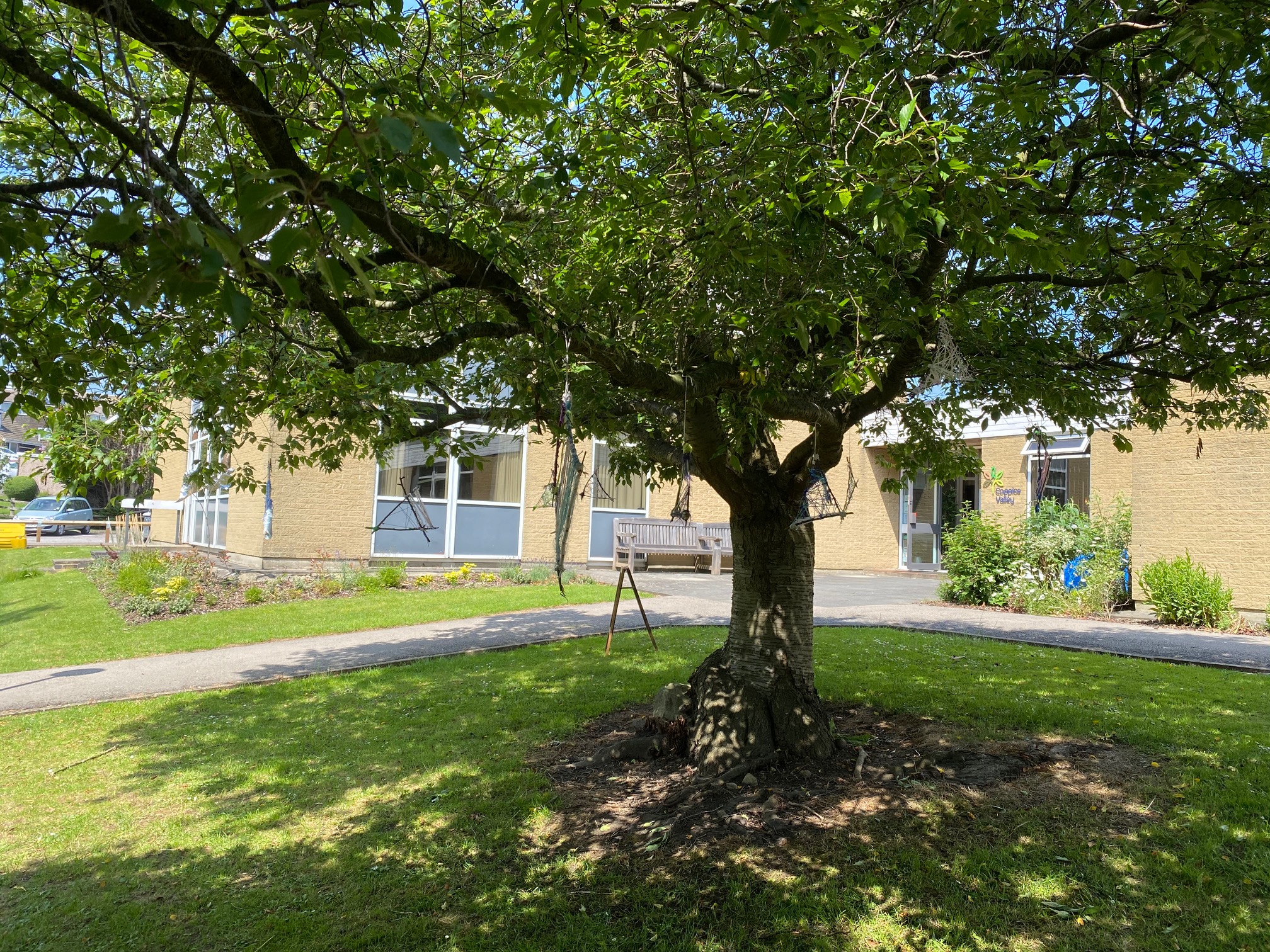
Longer-term impact Hopefully, with the flexibility to invite more pupils back that the government recently announced, we can invite all our children back at some point over the next term, perhaps on a rota system.
The logistics of this needs very careful planning to ensure safety for all but, if we can, we want to see all our children before the summer holidays, even if just for a week.
September seems a long way off at the moment, but it will be here before we know it. We’ve had no clear direction from government yet about what wider reopening will look like then.
For now, we’re planning certain things, like our curriculum, as if we’re open as usual. We’ve looked at the curriculum and which objectives have not been taught, prioritising them in order of which are key to successful learning.
Our staff will begin any new teaching unit with quizzes from the previous year group’s objectives to find out where the gaps are then start from there, before moving on to new learning.
We need to be sure we are building strong schemas of learning in our children, not glossing over the missed bits.
My thoughts on the longer-term impact of school closure on our pupils is that it does not have to be as big as some may think, if it is handled well.
If the goalposts were moved, such as moving the end-of-year tests and exams back a couple of months for the next couple of years, we’d have more time to get the children where they need to be. Don’t lower the bar, just give us a bit more time.
As I’ve already said, time invested in emotional and social wellbeing will pay dividends, so how could the government support this over the summer holidays?
Instead of an intensive catch-up programme for academic learning, what about focusing on programmes that allow children to reconnect with their friends and explore their mental health? Schools could hit the ground running with academic learning in September if supported in this way. Just a thought!
Has the wider reopening been a good idea? I’m not a scientist and as such am not qualified to comment on the scientific or medical evidence behind reopening.
It may, in the future, be proved to have been a mistake from a physical health point of view.
As a headteacher, I saw it as my duty to do as the DfE and government asked of me and reopen my school, as safely as I possibly could.
However, looking through an education and emotional wellbeing lens, I see happy children playing and learning in school. And that’s got to be a good thing.
Emma Meadus is headteacher at Coppice Valley Primary in Harrogate, North Yorkshire. She tweets at @meadus_emma.


